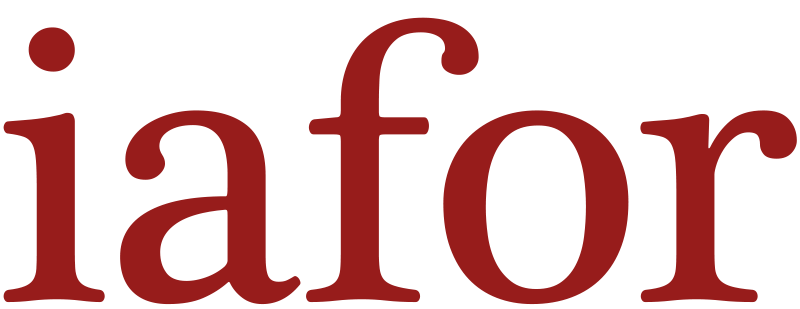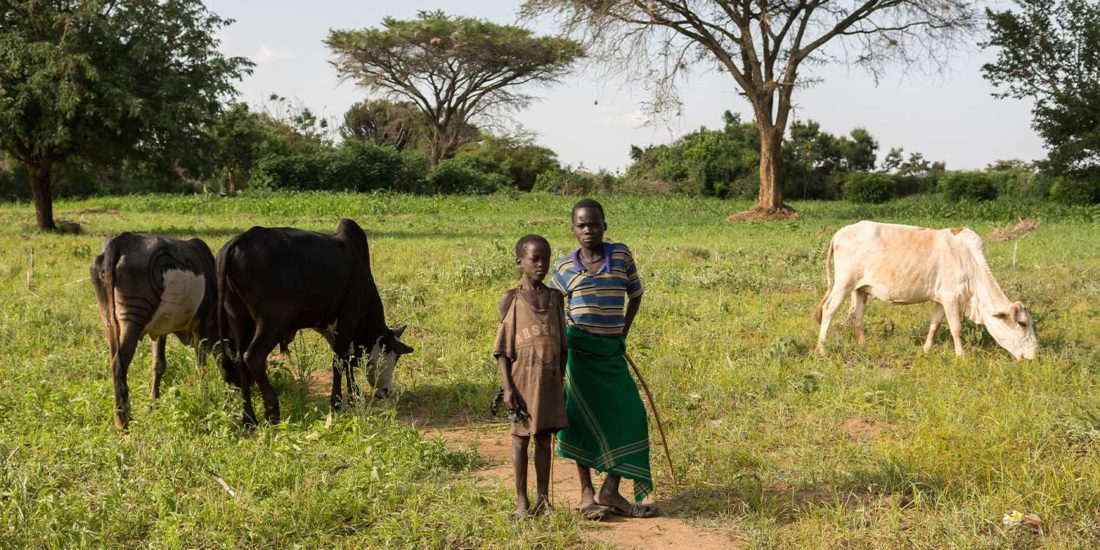Dear Readers,
According to one calendar, the year 2022 is already close to fading into the past and 2023 is quickly becoming reality. This reality, however, is prone to a large amount of baggage carried over from the previous year. New crises arose and older ones continue. It seems there is not much respite. To reflect this larger picture, IJCS issue 7.2 is closing out the year with a mix of cultural studies interventions. Several of them point out areas of longed-for and arguably necessary improvement while others demonstrate how individuals reflect on their own creative work in order to make it more relevant to social changes and their own journeys.
The issue starts with Jytte Holmqvist’s “Strength through Poetry as We Regain Our Balance in the COVID-19 Aftermath: Literary Insights from Ted Hughes and Seamus Heaney Read from a Naturalist and Existentialist Perspective.” In this article, COVID-19 is very much present, and frames the approach to two of the 20th century’s most celebrated poets, Hughes and Heaney. Holmqvist presents a selected new reading of Heaney’s “The Cure at Troy” (1990) and "The City" by Ted Hughes. She invites her readers to re-examine the long-neglected evaluation of both the past and the present along the lines of the poems. Lastly, she demonstrates how the “Age of Uncertainty”, proclaimed by Zygmunt Bauman in 2007, finds a valid response in the poetry analysed.
https://doi.org/10.22492/ijcs.7.2.01
Next is Kyung Lee Gagum’s article “Grimms Manga as a Transcultural Product” which examines how Kei Ishiyama’s Grimms Manga series from 2007 onward created a transcultural narrative by retelling selected Grimm brothers’ fairy tales while adding Japanese visual perspectives at the same time. It also tells the story of a gifted Japanese Manga artist travelling to Germany to be closer to a Grimmian culture and how her work there was creating particular entanglements between the two cultures, both in visual as well as in textual ways.
https://doi.org/10.22492/ijcs.7.2.02
Charles Amone, Joseph Okware and Zebrone Wangoa’s “Inter-ethnic Conflicts, Counter Raids and Widowhood in North-Eastern Uganda” interrogates social practices among the nomadic Karamajong in Uganda. They hail from one of the poorest areas in Uganda, and their central cultural practices of bride pricing and widow inheritance and their relationship to common-place cattle rustling are examined. Amone et al. count the social and individual costs of lives these practices continue to have and suggests possible ways of symbolising their underlying features in order to make these practices less deadly for both sexes.
https://doi.org/10.22492/ijcs.7.2.03
The last two articles, “If There Were a Single Bahian (Brazilian) Dance Culture…” by Flaviana Xavier Antunes Sampaio and “Craft as Rhizomatic Learning” by Harald Bentz Høgseth, reflect on individual artistic practice and assess the tools needed in order to perform particular kinds of crafts. Sampaio discusses her performance piece Sombreiro (2018) in terms of locality and cultural transference between a dance performer and her audience. She also describes her own cultural journey she embarked upon due to her craft, in the process also highlighting the audience’s role in the process.
https://doi.org/10.22492/ijcs.7.2.04
Harald Bentz Høgseth discusses the Norwegian concept of “innlevelse”, so important for artistic work. While difficult to translate, he gives its possible meanings in English as sensibility, sensitivity, affinity, awareness, or empathy. He then proposes to use it as a "tool” for learning craft or design and describes the chiastic relation between this mode of apperception and its manifestations in and as actual (wooden) artefacts.
https://doi.org/10.22492/ijcs.7.2.05
Please enjoy reading the issue!
Holger Briel
Editor-in-Chief

